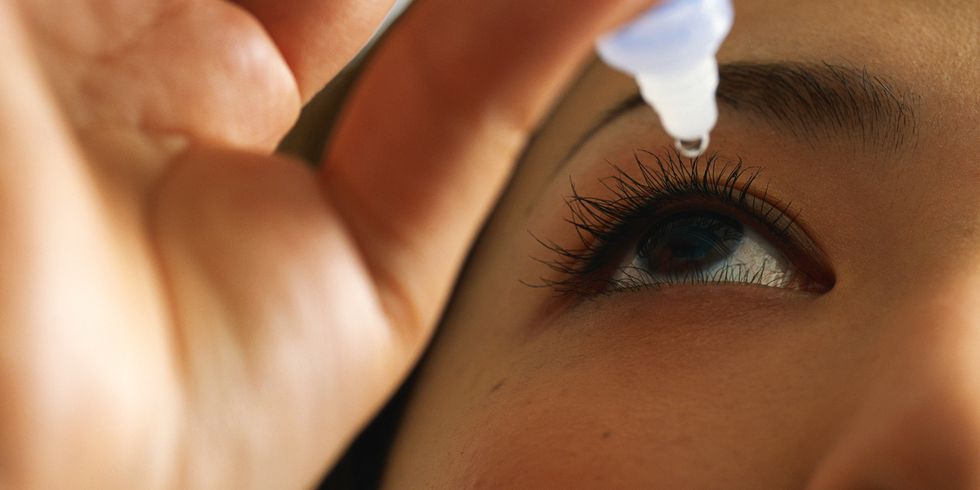For some people, colder temperatures and shorter days bring to mind beautiful winter wonderlands and cozy nights by the fire. For others, however, winter can be downright depressing. Now, scientists say they may have a clue as to why some people suffer from seasonal affective disorder (SAD) while others don’t: According to one recent study, eye color may play a significant role.
The new research, published last year in the Open Access Journal of Behavioural Science & Psychology, found that people with light or blue eyes tended to score lower on a questionnaire designed to screen for seasonal variability in mood, weight, appetite, sleep, and social activity. The study involved 175 undergraduate and graduate students from South Wales and Cyprus, with an average age of 24.
“The reason that eye colour may make some people more susceptible to depressionor mood changes might be because of the amount of light an individual’s eyes can process,” wrote Lance Workman, PhD, the study’s lead author and a visiting professor of psychology at the University of South Wales, this week on the website The Conversation.
Eyes with less pigment—blue or gray peepers, for example—are more sensitive to light, he explains, which means they don’t need to absorb as much for their retinal cells to receive and process images. That also means, however, that people with lighter eyes release less melatonin during the fall and winter.
Melatonin is a hormone produced by the body that helps us transition to sleep. But some experts believe that too much melatonin—or an imbalance of melatonin and serotonin, another mood-regulating hormone—may make people feel lethargic or depressed.
Previous research has also suggested that people with brown or dark eyes are more likely to be depressed than those with baby blues. Workman points out that blue eyes tend to occur in people living farther away from the equator and suggests that this mutation “may have occurred as an ‘anti-SAD’ adaptation” for these populations who live with shorter days year-round.
Of course, Workman says that eye color is definitely not the only factor that determines whether a person will develop SAD or not. People who spend many hours indoors are also more vulnerable to winter doldrums, for example.
“Fortunately for those with SAD, simply going outside for a regular walk, especially at times when it’s sunny, will help improve their mood,” he wrote. Using a light box may also help relieve SAD-related symptoms, he added, no matter what color eyes a person has.

